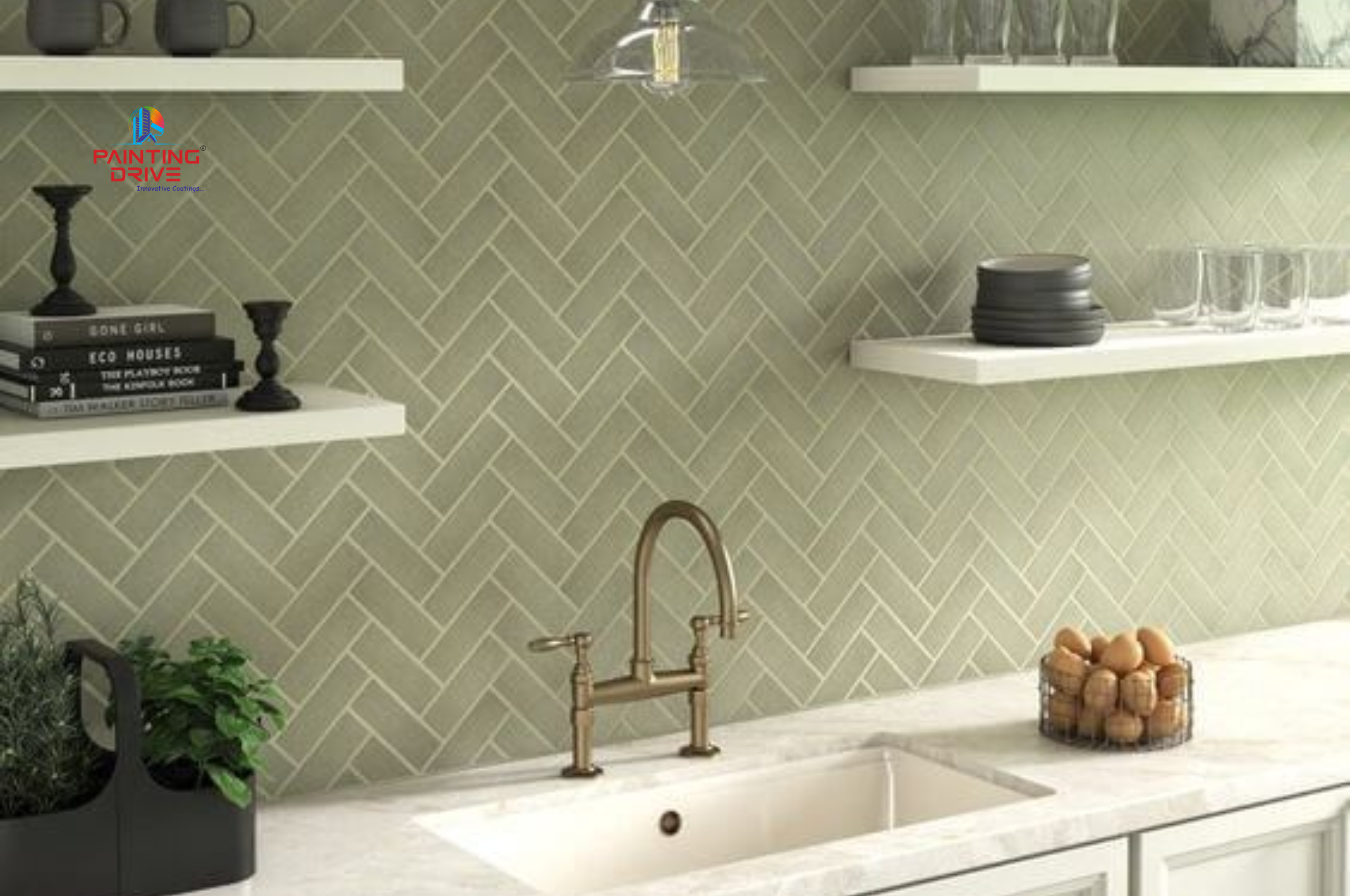Textured walls can add depth and character to any room, creating a visually appealing and unique look. However, maintaining their beauty and integrity over time requires a bit of extra care. Here are some tips on cleaning, repairing, and maintaining textured walls to keep them looking fresh and vibrant.
Cleaning Textured Walls
- Dusting Regularly: Textured walls can easily trap dust and dirt. Use a soft-bristle brush or a microfiber duster to gently remove dust from the surface. A vacuum cleaner with a brush attachment can also be effective.
- Spot Cleaning: For small stains or spots, use a damp cloth or sponge with mild soapy water. Gently dab the stained area without scrubbing too hard to avoid damaging the texture. Rinse with a clean damp cloth and dry with a towel.
- Deep Cleaning: Periodically, give your textured walls a thorough cleaning. Mix a mild detergent with warm water and use a sponge to clean the walls. Avoid using too much water as it can seep into the texture and cause damage. Work in small sections and dry each section with a towel as you go.

Repairing Textured Walls
- Small Cracks and Holes: For minor damage, use a putty knife to apply spackling compound to the affected area. Once it’s dry, gently sand it until smooth. To recreate the texture, use a texture repair spray or a sponge to blend the repaired area with the surrounding wall.
- Larger Repairs: For bigger holes or more extensive damage, you may need to use a patch. Cut a piece of drywall to fit the hole, secure it with joint compound and drywall tape, and then apply a layer of joint compound over the patch. After it dries, sand it smooth and recreate the texture using a texture spray or by hand.
- Matching Paint: When repairing textured walls, it’s crucial to match the paint color exactly. Take a small sample of the paint to a paint store to get a precise match. Once the repair is complete, blend the new paint with the existing wall to ensure a seamless finish.

Maintaining Textured Walls
- Regular Inspections: Periodically inspect your textured walls for signs of damage or wear. Early detection can prevent small issues from becoming bigger problems.
- Reapplying Sealant: If your textured walls have a sealant or protective coating, reapply it as needed to maintain the wall’s durability and appearance. This can help protect the walls from moisture and stains.
- Avoiding Damage: Take steps to prevent damage to your textured walls. Avoid leaning heavy objects against the walls and use wall protectors or furniture pads to prevent scratches and dents. When hanging pictures or decorations, use appropriate wall anchors to minimize the risk of damage.
- Humidity Control: Excess moisture can damage textured walls, leading to mold growth and deterioration. Use dehumidifiers in areas with high humidity and ensure proper ventilation to keep your walls dry and in good condition.
Learn more: How To Choose The Right Wall Texture For Your Home
Conclusion
Textured walls are a beautiful addition to any home, but they require regular care to keep them looking their best. By following these tips for cleaning, repairing, and maintaining your textured walls, you can preserve their beauty and integrity for years to come. With a little effort, your textured walls will remain a stunning feature of your home, adding charm and character to your living spaces.




